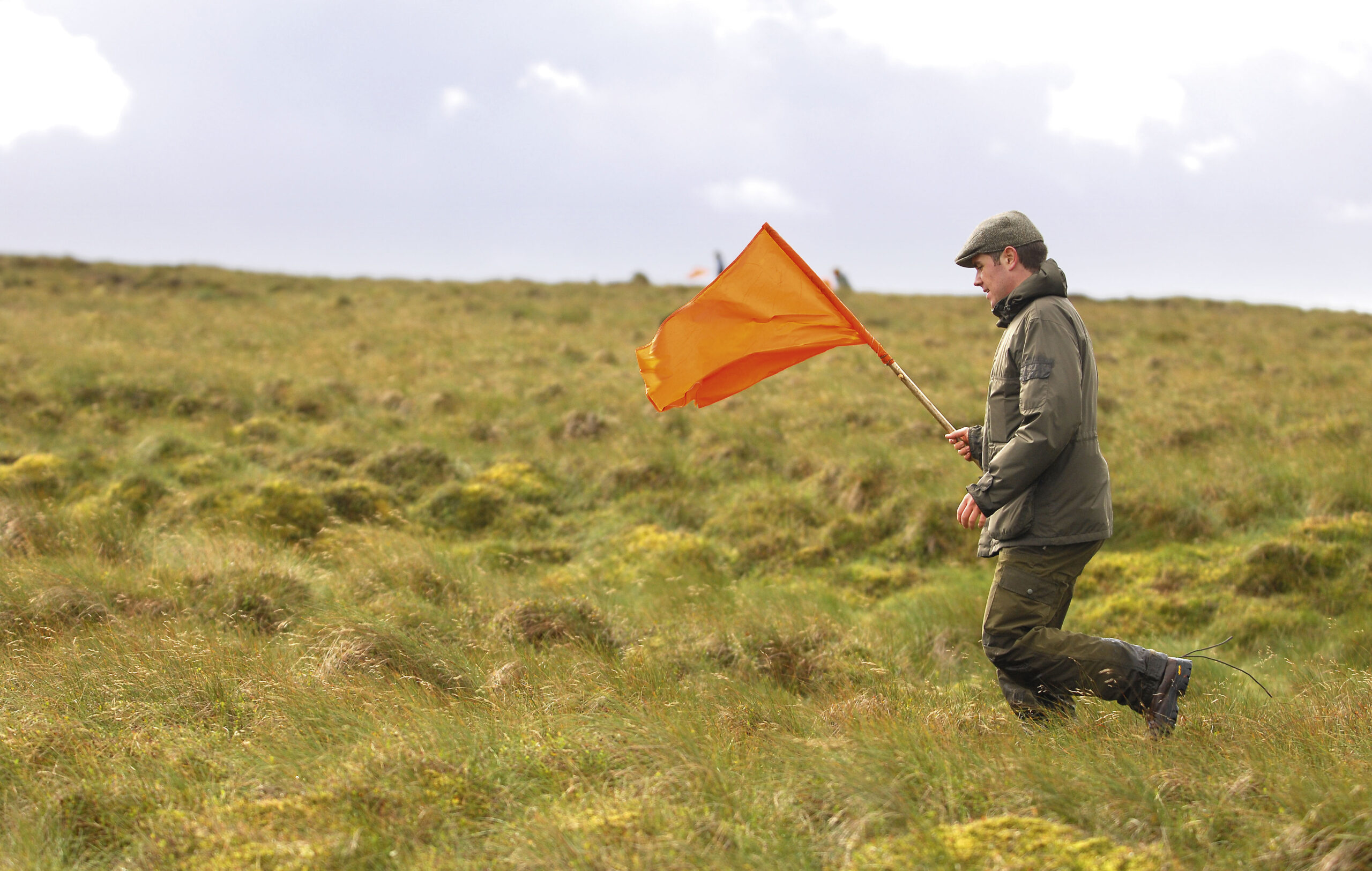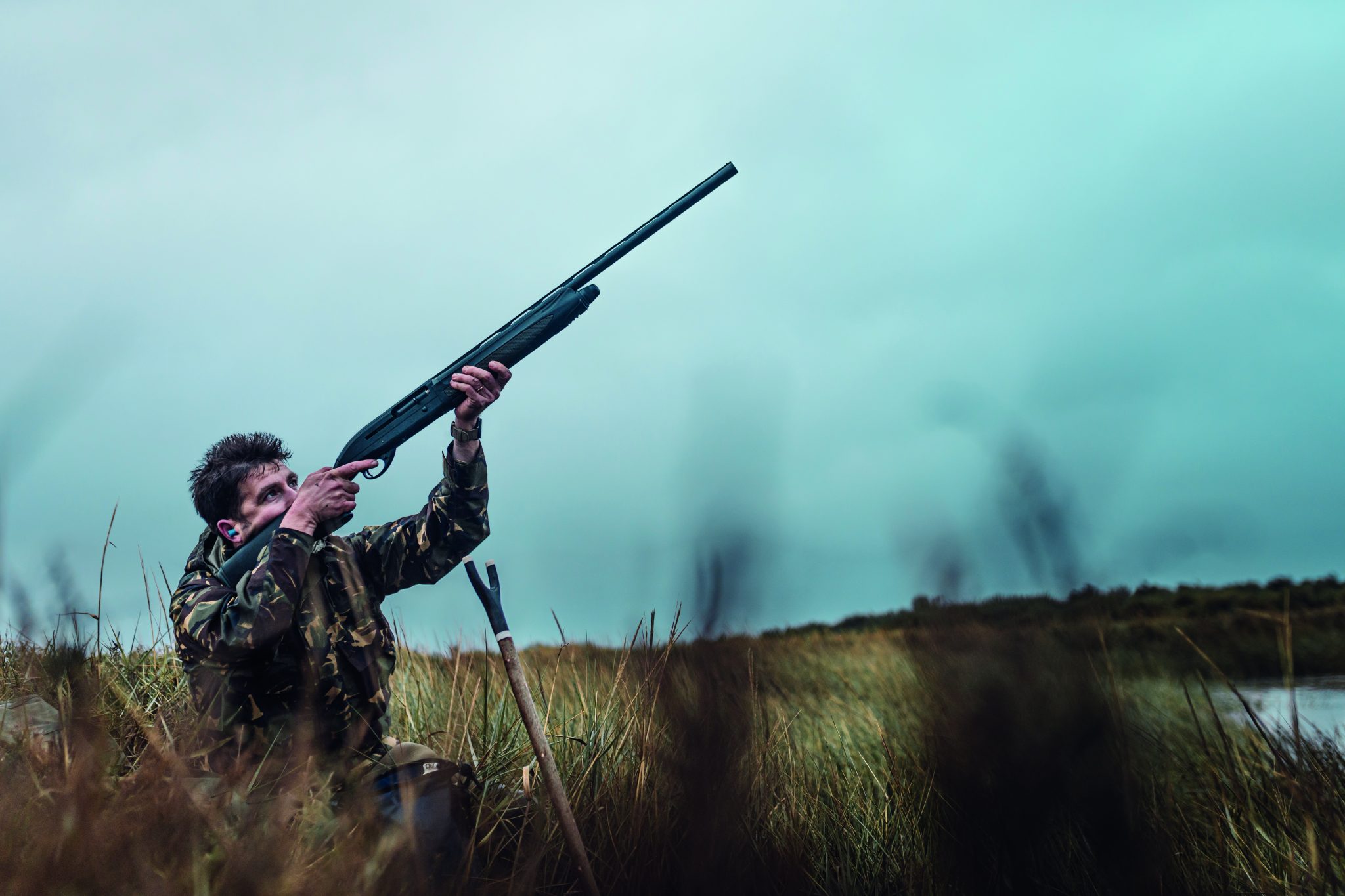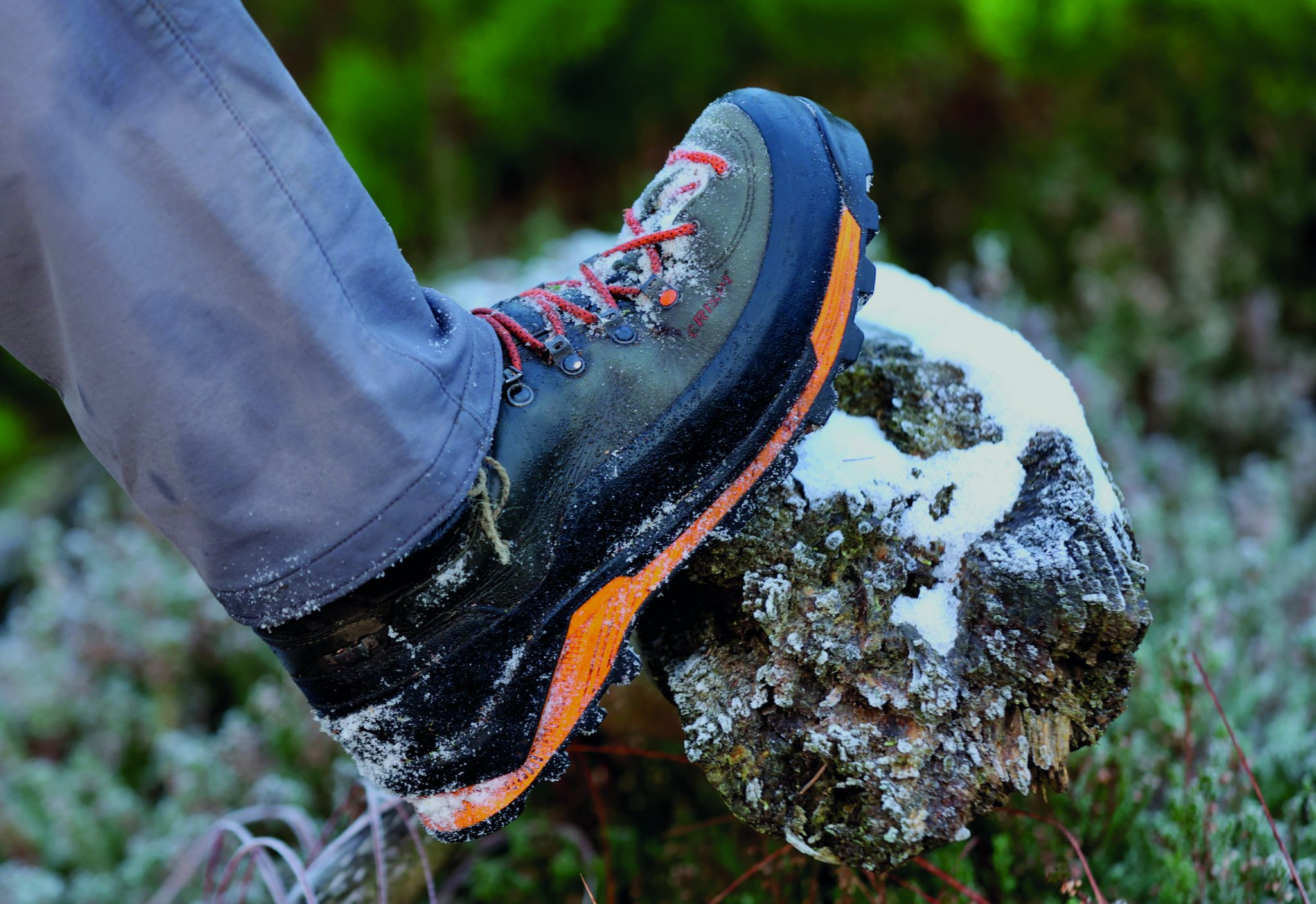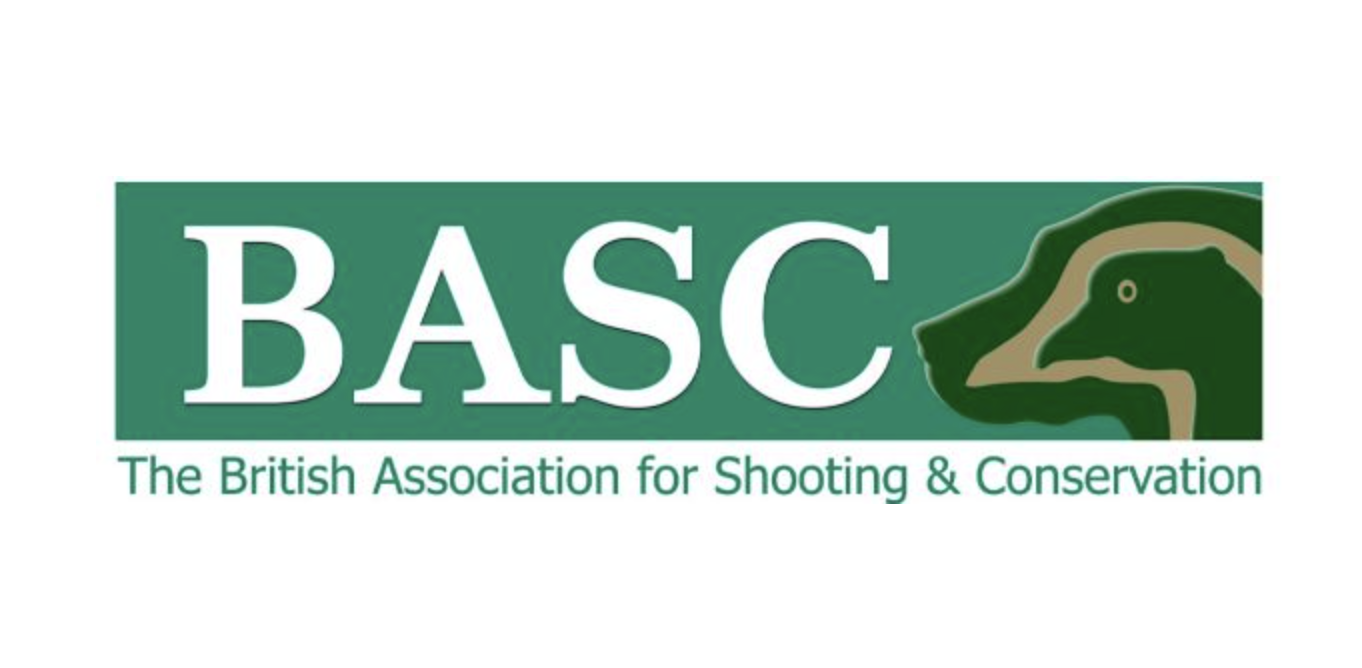Win CENS ProFlex DX5 earplugs worth £1,149 – enter here
How guns can impress the beaters

I have spent a few days on the other side of the hedge this past season and it has been, let me tell you, very instructive indeed. It is easy as a gun on a top-class driven shoot to see only the end result. That steady stream of beautifully presented birds clattering across the valley while all your mates in the line do their best to intercept them. The day is a seamless sequence of blistering sport with only a brief break for elevenses and a slightly longer one for lunch.
And the beaters are out there in the bundoo, tapping or flagging or brushing or whatever works best for them to hoof the birds out of the covers and into the air. Well, let me tell you a couple of things…
It takes a good deal of beating to get a bird into the drive, let alone into the air. Most drives involve at least two covers – often more – from which birds must be gently lifted and channelled into the main drive from where they leave to rendezvous with the guns.
Where I beat, a squad of perhaps 14 or so beaters will be dropped off the wagon in twos and threes at half a dozen points across the estate. Each group will then work down a hedge, through a cover crop, into a copse and down another hedge, before linking left and right with others to form the line. They will then tap out the covert, which is the finale.
What we witness, as guns, is the climax of a great deal of walking and working. It is tough work and challenging to get right. Push birds a little too hard and the drive will start before the guns are on their pegs. Miss a shift in the wind and you can lose the bulk of the drive out of a flank. An unruly dog or an injudicious wave of a flag can see the whole carefully constructed manoeuvre collapse like a house of cards.
Opinions aplenty
Beaters are a mixed crew. Most are retired men. And they have retired from interesting and demanding jobs. Being coastal there is a close connection with the North Sea rigs, so drilling crew bosses, maintenance engineers and air and sea skippers are well represented.
There are agricultural connections too, with contractors and mechanics in the line. And a number of lady beaters whose children can look after themselves. They enjoy the exercise and the banter and it beats pilates three ways till Tuesday, I am advised. We also have a lawyer and a doctor. And me.
As I say, it’s a mixed crew. But they have done it for years and they know what they are about and they are not backward in offering their opinions of the guns. So let me share with you a couple of suggestions as to how you can raise, somewhat, their opinion of your team.
Don’t hold back on the first drive
It does help to show up on time. The guns may be coming from afar but some folk have been out since first light dogging-in and checking that birds are concentrated here and there. This will form the backbone of the morning.
But once the birds have fed they will be off about the place and that means that late-morning drives will be leaner. So a prompt start is a help.
And don’t be shy on the first drive. I know that some guns want to play themselves in. Some captains advise their teams to take it easy to start with. I’ve done it myself. New advice – don’t hold back. You don’t have to go mad but don’t hold back. Things can often be slowed down but it is hard to recover a short bag later in the day. Everyone will be more comfortable with a few birds on the game cart. So take ’em while they’re hot.
Don’t shoot the beaters. I could have put this front and centre but I shouldn’t have to. So don’t shoot the beaters. Or flankers. Or stops. This is drilled into grouse-shooters from the get-go but lowland shooters focus more on the beaters. There are flankers and there will be stops. Ask your host, especially if you are at the end of the line. The same goes for pickers‑up, obviously.
Shoot beautifully
And while we are thinking about pickers-up, it is as important to shoot well as to shoot hard. If you can kill your birds briskly and efficiently in a small and defined area about your peg, they can be picked briskly and efficiently and deposited on the game cart (Ed. I think that’s what we all hope to do).
Everyone can then move on and the keeper, the host and the team will all know where they are and where they are going. Pickers-up love nothing more than finding overlooked birds and tricky runners, and if three or four pickers-up arrive at lunch with a dozen extra birds each from the morning drives, it will blow plans for the afternoon out of the water.
And shoot beautifully (Ed. Again, easier said than done). Good shooting is a joy to watch and while most of the beaters will be toiling away in the midst of the maize or the plantation or the firs, some at least will have a chance to see you in action.
Particularly later in the season when the leaf is off the tree and we are shooting the pheasants out of the woods. And beaters do like to see a gun shooting beautifully. We know a good bird when we see one and to witness a classic absolutely nailed right out at the margin is a real pleasure. We like our birds to beat the guns, obviously, and we will do better than that come the beaters’ day of course, but in the meantime who doesn’t like to watch a class act?
Manners cost nothing
And as the beaters emerge from the aforementioned maize, plantation or firs and start back towards their transport, you could say hello; and you might remark that you thought that went rather well; and a bit of a “how are you?” might even be in order. Politeness costs nothing but you would be startled – at least you should be – by the number of guns who will watch a line of beaters walk by without a word.
And don’t thrust birds at them. They may be going by the game cart, in which case they may offer to take them for you, but they may be going somewhere else entirely, so don’t assume they are there to cart your slain about. You shot ’em, you carry ’em.
Don’t loiter on the way to your peg. There are times in the day for chat and there are times to shoot. Of course shooting is a social exercise. Of course it is nice to see people. And it is your day and you can do what you like. But if the birds start to move before you are ready, whose fault is that? Get to the peg, get loaded, get going. And on the subject of getting loaded, don’t overdo elevenses or lunch for that matter. Either in length or depth.
If the keeper says, “2.15pm on pegs, please” we do not expect to be looking at an empty meadow at 2.45pm and are not amused by seeing the guns fall out of their wagon when they do arrive. If you want that “one decent drive after lunch” then I strongly suggest you turn up on time. Many, many birds will have been blanked in from hither and yon for this one and they are all milling about like the Grand National under starter’s orders and have been since you started the Stilton. A cough could have the whole lot in another county, and then where should we be?
Closing remarks
The other day a gun popped a box of chocolates into the beaters’ wagon. We were so startled we scarcely knew what to do with them. But I think it was a good thing to do. Why not? It’s only a gesture but as gestures go it’s better than some I can think of.
Finally, why not pop your head round the door as you return to the yard for tea and say goodbye and thank you? Many of the beaters will have probably pushed off by the time the guns get back from the last drive, but if there are still some packing up, a word of thanks is always welcome.
It’s a small thing but then, as we all know, small things mean a lot.
Related Articles
Get the latest news delivered direct to your door
Subscribe to Shooting Times & Country
Discover the ultimate companion for field sports enthusiasts with Shooting Times & Country Magazine, the UK’s leading weekly publication that has been at the forefront of shooting culture since 1882. Subscribers gain access to expert tips, comprehensive gear reviews, seasonal advice and a vibrant community of like-minded shooters.
Save on shop price when you subscribe with weekly issues featuring in-depth articles on gundog training, exclusive member offers and access to the digital back issue library. A Shooting Times & Country subscription is more than a magazine, don’t just read about the countryside; immerse yourself in its most authoritative and engaging publication.







